I’ll be the first to admit that I got fed up with identifying symbols and motifs in high school English class. Honestly, I didn’t care why the Charlotte Perkins Gillman picked yellow wallpaper for her protagonist’s sickroom. I didn’t care why Gatsby preferred pink shirts. I was interested in what was happening and why the characters were behaving the way they were behaving, and I considered anything else a distraction. (I think that’s why playwriting was good for me, and why the first drafts I write today still suffer from “white room syndrome.”)
But as I’ve gotten older and learned more about what makes good stories great — and since I’m no longer required to write “hamburger-style” essays on every book I read — I’ve grown to appreciate the finer points of world-building. Yes, including the symbols and motifs.
The geography and the rules and the technology and the societal expectations and anything else on the palette of your world are the framework of any fictional world. And when created effectively, those can really ground your readers in the story. But sometimes the figurative stuff is where the real magic happens.
Take a real-life example I experienced recently. My husband and I went to Santa Fe this fall, and as we walked the city, I was really taken by the blue I saw on nearly every home and building we passed. Front doors were painted blue, and many homes were guarded by adobe walls with blue gates set into them. Even our little rental casita had a blue entryway!
It was striking. Blue gates set into adobe walls are a fantastic world-building detail. But I couldn’t help but wonder why there was so much blue. So I looked it up and learned that it’s not just for aesthetics, or even compliance with historical society rules and regulations. Rather, all over New Mexico, blues were originally thought to keep out evil spirits and to draw a connection to Our Lady of Guadalupe, who offers warmth and comfort. Today, the traditional blue draws on that historic meaning to symbolize welcoming, indicating that those who enter will find peace and relaxation inside.
I had already thought these blue doors were beautiful, but understanding what they meant brought the city to life even more.
As you build your novel’s world, do you consider what certain symbols, colors, or images might mean to or about the characters and their society? These don’t have to be deeply profound symbols of some existential societal condition (like the endless supply of pink shirts in Gatsby’s wardrobe), though they certainly can be if that’s your style. But they can also be much simpler meanings.
Your main character keeps a lush garden full of plants that remind her of the most important people in her life.
The winding roads in your post-apocalyptic world symbolize society’s shared feelings of loss and confusion
The single crack in your dystopia’s brutalist style government building has become a symbol of hope for the rebels.
Your protagonist’s wardrobe (like Moira Rose’s wig selection) matches her mood.
Your young wizard’s broken wand represents his wavering confidence.
I’m not one to believe every single object or design choice or image in a story must have a deeper meaning, but I think there’s a lot we, as authors, can do to give our worlds depth just by thinking consciously about what the visual choices we make might either mean to our characters or reveal about them (or both). Doing so, whether every symbol is explained or not, can make for a richer, more immersive experience and stronger emotional ties between the reader and the story.
Is there a particular way you approach symbolism in your writing? I’d love to hear it! Drop a comment below or write me a note to share your thoughts.

